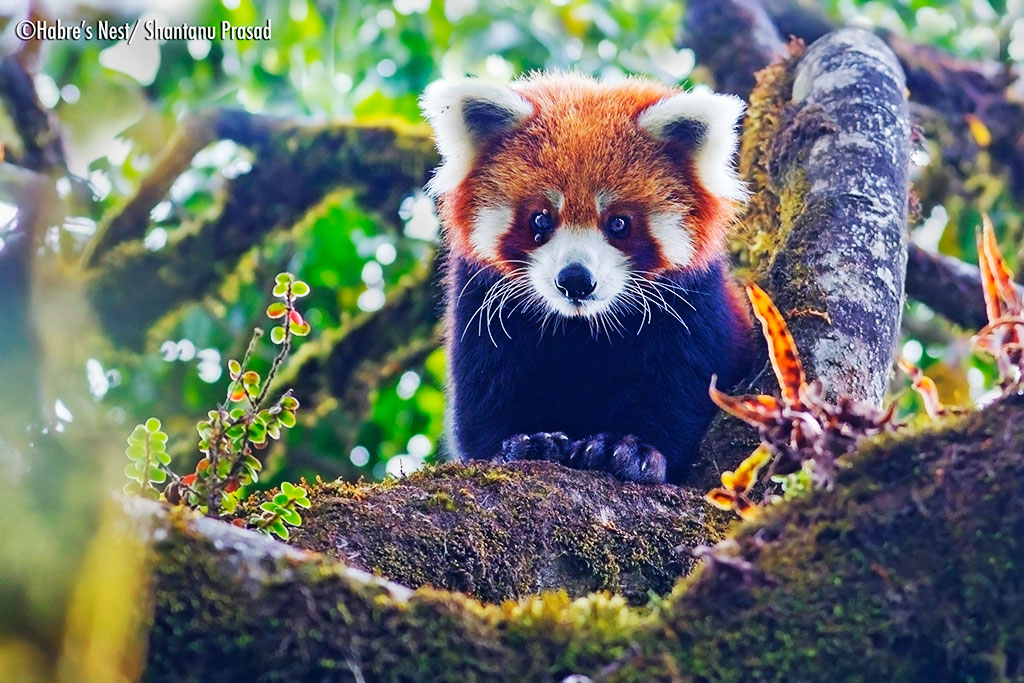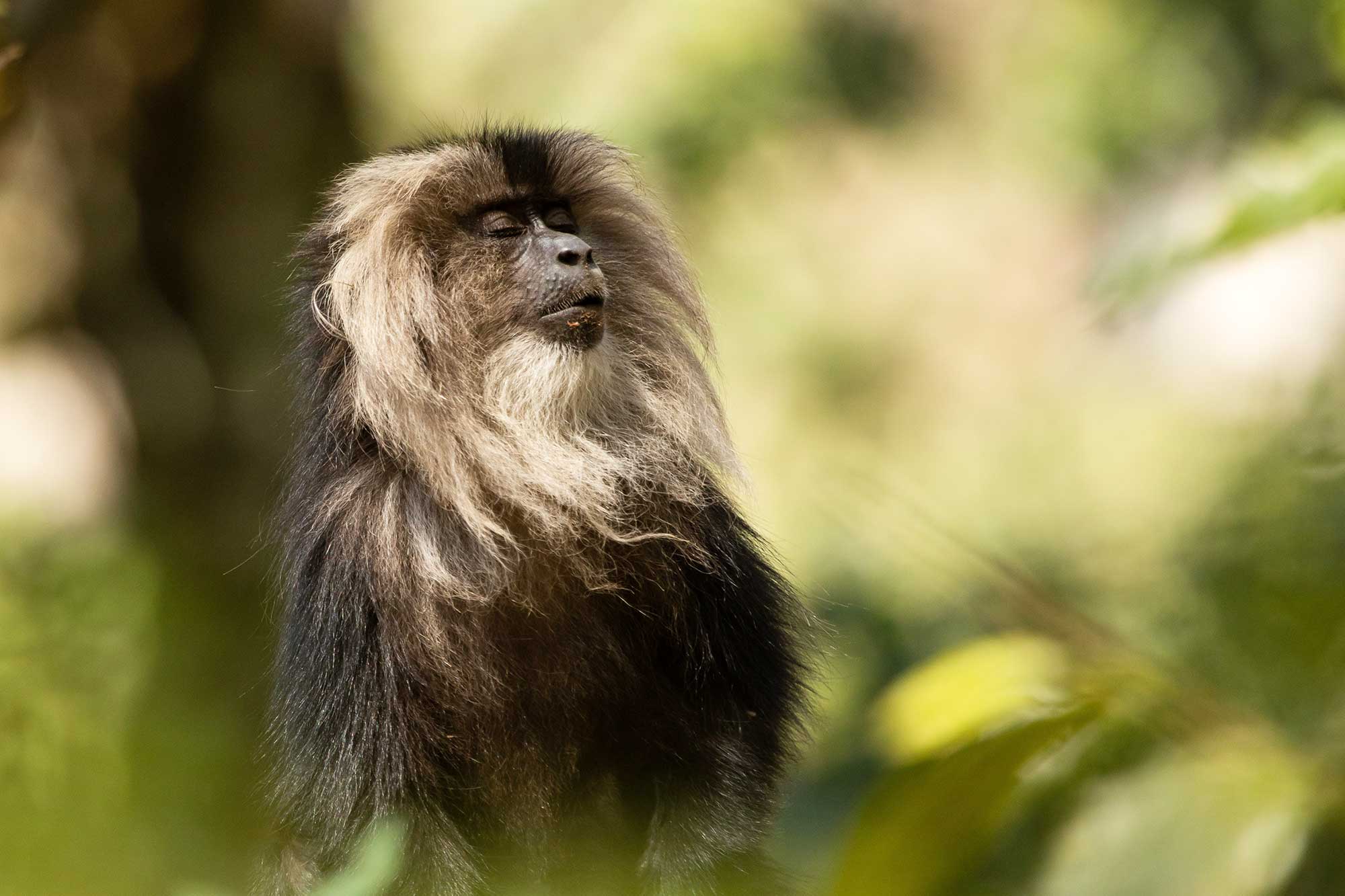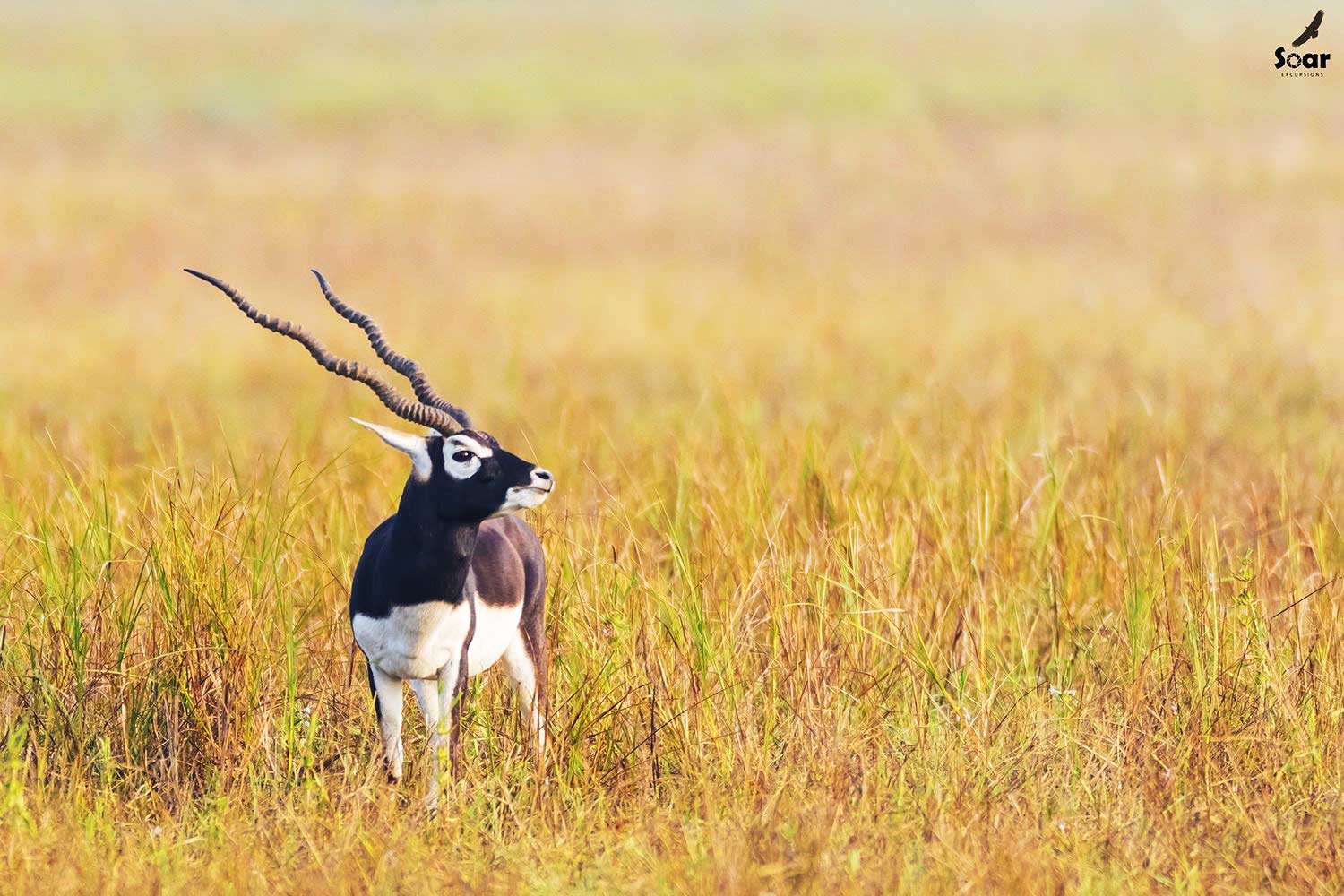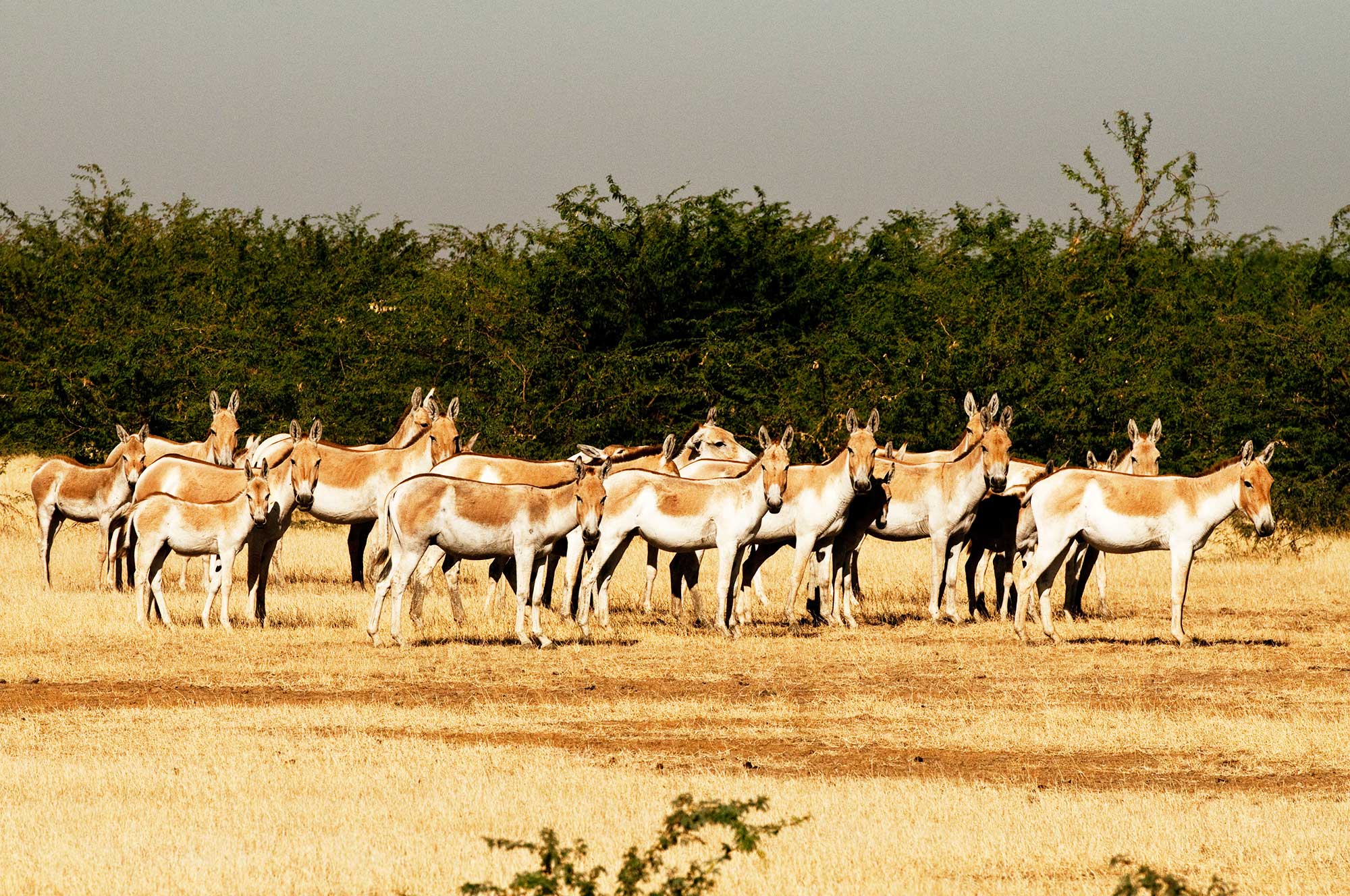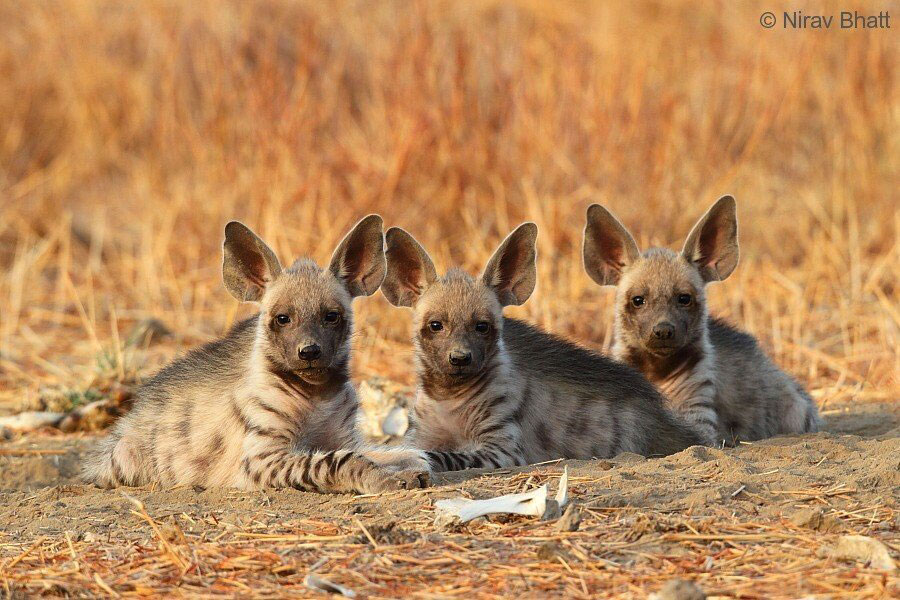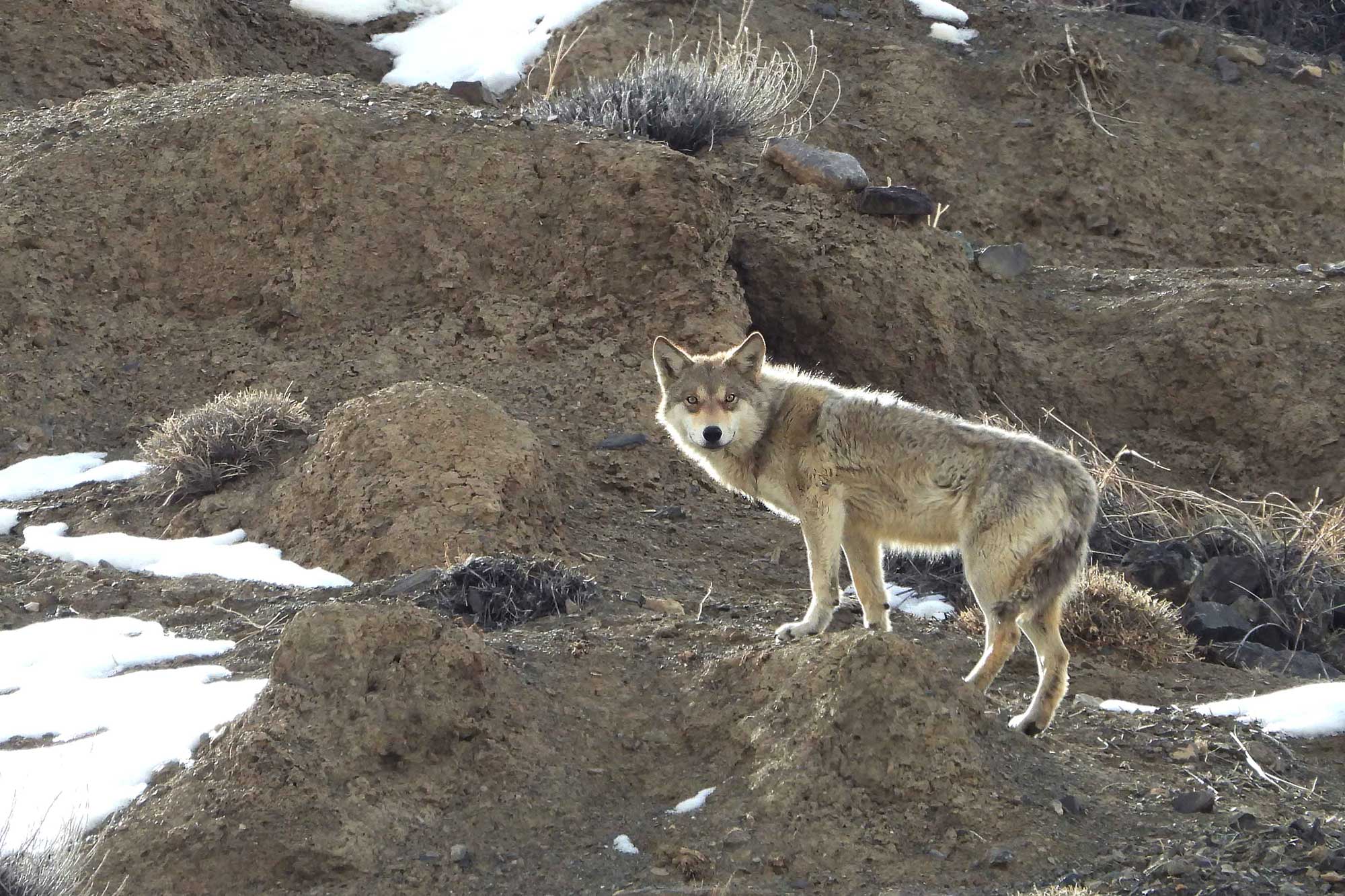The Small 7
Singular Species
Every jungle has its “big boys.” These are the creatures that anchor the entire ecosystem. While other countries may have one or two keystone species, India has several.
Most of them are native to our jungles, and several are endemic and critically endangered.
At Encounters Asia we’ve made it our passion to observe these species over generations. When you safari with us across the different jungles of India, it’s an awe-inspiring experience, as you get close to these magnificent creatures in their native habitat.
The Small 7 Species of India
Red Panda
(Ailurus fulgens)
In Sikkim, Darjeeling, Arunachal Pradesh and Meghalaya, the bamboo grows thick and the forest canopy is dense.
Lion Tailed Macaque
(Macaca Silenus)
As you wander through the dense forests in the Western Ghats, you may be taken aback by a leaping primate that bounds through the tree-tops at alarming speed.
Black Buck
(Antilope cervicapra)
With their long, corkscrew horns, black & white markings, and lithe bodies, the Blackbuck is a distinctive creature.
Wild Ass
(Equus hemionus khur)
Unlike the African continent, India has no zebras. But the closest we come to it is the Wild Ass, an equine creature, that inhabits a few far-flung pockets of the country.
Wild Ass
(Equus hemionus khur)
Unlike the African continent, India has no zebras. But the closest we come to it is the Wild Ass, an equine creature, that inhabits a few far-flung pockets of the country.
